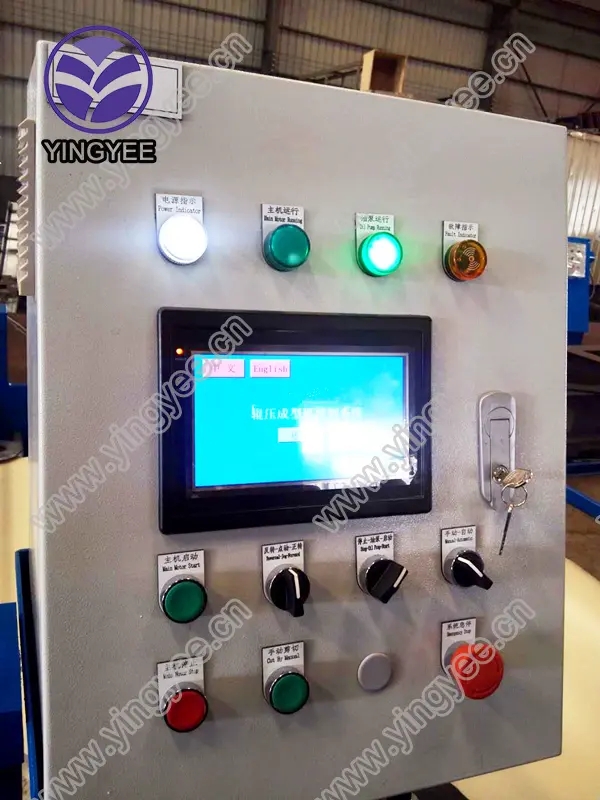
Understanding Automatic Thread Rolling Machines
In the manufacturing world, efficiency and precision are paramount, especially in the production of fasteners and other threaded components. One of the most advanced tools employed in this endeavor is the automatic thread rolling machine. This machinery revolutionizes the process of creating threads, offering numerous advantages over traditional cutting methods.
What is an Automatic Thread Rolling Machine?
An automatic thread rolling machine is a high-speed device designed to form threads on metal or other materials without removing material. This process is known as rolling, and it involves deforming the material to create the desired thread profile. The machine typically employs two or more rotating dies that exert pressure on the workpiece, shaping it into the required thread form as it passes through the dies.
Benefits of Automatic Thread Rolling Machines
1. Increased Production Rates Automating the thread rolling process significantly boosts production efficiency. These machines can produce a large volume of threaded components in a short period, meeting the demands of fast-paced manufacturing environments.
2. Improved Precision and Quality Automatic thread rolling machines are designed to deliver high precision. They ensure that each component has uniform thread patterns, which enhances the overall quality of the product. This consistent quality minimizes the likelihood of defects and reduces rework and scrap.
3. Reduced Material Waste Unlike traditional cutting methods that remove material to create threads, thread rolling compresses the existing material. This process leads to minimal waste, as it retains most of the raw material, contributing to cost savings and environmental sustainability.

4. Enhanced Strength The thread rolling process enhances the mechanical properties of the material. The cold working involved during rolling increases the tensile strength and hardness of the threads, making them more durable and reliable in applications that demand strength, such as automotive and aerospace industries.
5. Versatility Automatic thread rolling machines can accommodate a variety of thread sizes and forms, making them suitable for diverse applications. Manufacturers can easily switch between different thread types, thereby increasing the machine's versatility and usability in different production runs.
Applications of Automatic Thread Rolling Machines
Automatic thread rolling machines find application in various industries where threaded components are essential, such as automotive, aerospace, electronics, and construction. They are commonly used to manufacture bolts, screws, nuts, and other fasteners that require high precision and strength.
In the automotive industry, for example, these machines produce critical components that must withstand high stress and dynamic loads. In the aerospace sector, the reliability of fasteners is paramount, and thread rolling ensures that these components meet stringent quality standards.
Future of Automatic Thread Rolling Machines
As technology advances, the capabilities of automatic thread rolling machines continue to evolve. The integration of Industry 4.0 concepts, such as IoT and AI, is beginning to transform how these machines operate. Smart machines equipped with sensors can monitor production in real-time, predict maintenance needs, and optimize processing parameters to enhance productivity further.
In conclusion, automatic thread rolling machines play a vital role in modern manufacturing. Their ability to produce high-quality threaded components efficiently and sustainably makes them indispensable in various industries. As technology progresses, we can expect these machines to become even more sophisticated, further improving the efficiency and reliability of threaded component manufacturing. With their numerous advantages, they represent the future of fastener production and are set to redefine industry standards.